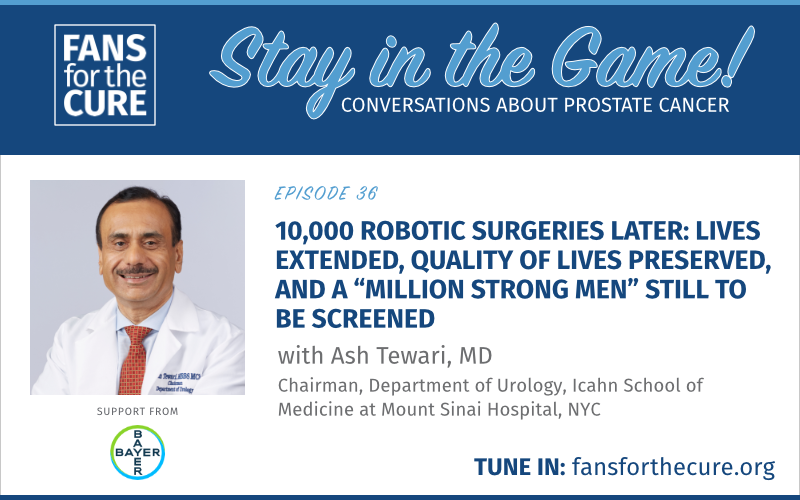The statistics have always been available from the American Cancer Society, but an Op-Ed piece in the July 27 issue of the New York Times placed the risks from prostate cancer facing African-American men in sharp relief. One in six black men will develop prostate cancer in his lifetime, and one in 23 will die from it. The article cites a mortality rate that is 2.4 times higher than that of the overall population.
The article then goes on to take on the findings of the United States Preventive Services Task Force, which in 2012 recommended against routine PSA testing for all men. The recommendation change was based in no small part on two clinical studies that enrolled more than 250,000 men. But neither trial had enough black subjects to assess the impact of screening within this higher-risk population group, despite a National Cancer Institute mandate requiring minority representation in clinical trials.
The change in government guidelines surprised doctors in general, particularly those who were well aware of the greater risks of prostate cancer among African-American men. Many doctors believe that the Task Force’s concerns about the overtreatment of mild cases are outweighed when it comes to high-risk categories of the population. In short, they worry that the guidelines will lead to less screening among those men who might benefit most from it. Indeed, recent studies we’ve blogged about have noted a large decrease in screening for all male populations, including African-American men.
We join the four doctors who authored the piece in encouraging discussions that honestly and openly acknowledge that African-American men are at a significantly higher risk of being diagnosed with aggressive cases of prostate cancer and dying of the disease. As part of its Healthy People 2020 program, the Centers for Disease Control and Prevention call for a reduction in prostate cancer by 10 percent, to 21.8 deaths per 100,000 men. We agree with the authors that this will not be possible for African-American men without the government and healthcare providers taking a smarter approach to screening at-risk men and making available to them high-quality cancer care and clinical trial opportunities.


